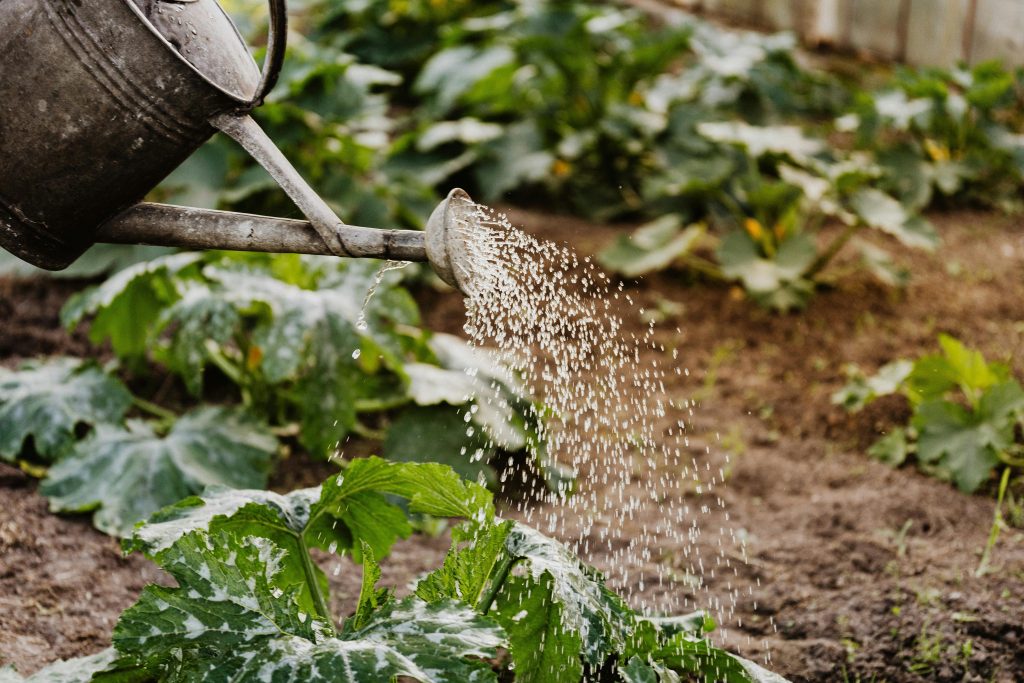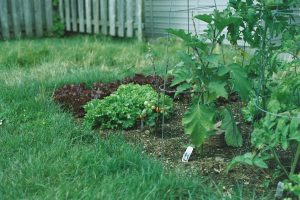
Magnesium Sulfate in Fall Gardens: Strengthening Greens and Brassicas
Fall gardens are some of the most rewarding to grow. Cooler temperatures extend the season for leafy greens, while crops like broccoli, cabbage, kale, and

As temperatures rise and gardens enter their most demanding growth phase, the question often arises: should you be using liquid or granular fertilizer for summer feeding? Each type has its benefits—and drawbacks—depending on your goals, plant type, soil condition, and even the weather.
In this blog, we’ll break down the pros and cons of both fertilizer types, explore which crops benefit most from each, and help you decide how to feed your plants more efficiently this summer using products available from Supply Solutions LLC.
Liquid fertilizers are typically water-soluble concentrates or ready-to-use solutions that can be applied via watering cans, hose-end sprayers, or fertigation systems. They offer rapid nutrient delivery, especially beneficial during stress periods like summer.
Granular fertilizers come in solid pellet form, applied by hand or spreader. They break down over time, offering slower, extended nutrient release.
Pros:
Cons:
Pros:
Cons:
In hot, dry conditions, plant stress increases and nutrient uptake can slow. Here’s how each fertilizer type performs:
Smart gardeners often combine both types for efficiency and control:
This approach provides steady feeding while allowing quick corrections and targeted boosts.
There’s no one-size-fits-all answer—your best summer fertilizer choice depends on your plants, your soil, and your climate. That said, a strategic mix of granular for slow-release support and liquid for targeted feeding can yield the best results in most gardens.
Not sure what your lawn, flower beds, or crops need right now? Reach out to the pros at Supply Solutions LLC.
Call us at 503-451-1622
Email sales@mysolutionssupply.com
Use our Contact Form
Message us on Facebook
Let Supply Solutions LLC help you feed smarter this summer.

Fall gardens are some of the most rewarding to grow. Cooler temperatures extend the season for leafy greens, while crops like broccoli, cabbage, kale, and

Orchards are long-term investments. Whether you manage apples, pears, peaches, plums, or cherries, the productivity and profitability of fruit trees depend on how well they
Give us a call or visit our store, and we’ll help you find the right solution for your business.
© Supply Solutions LLC 2025